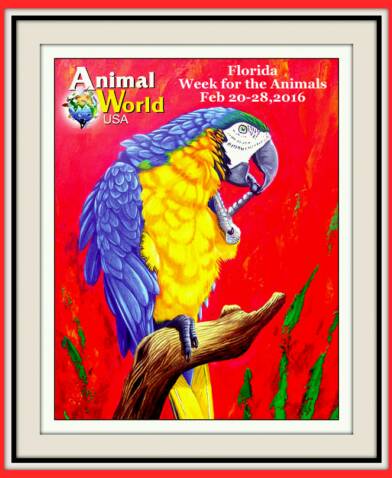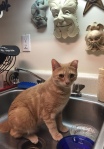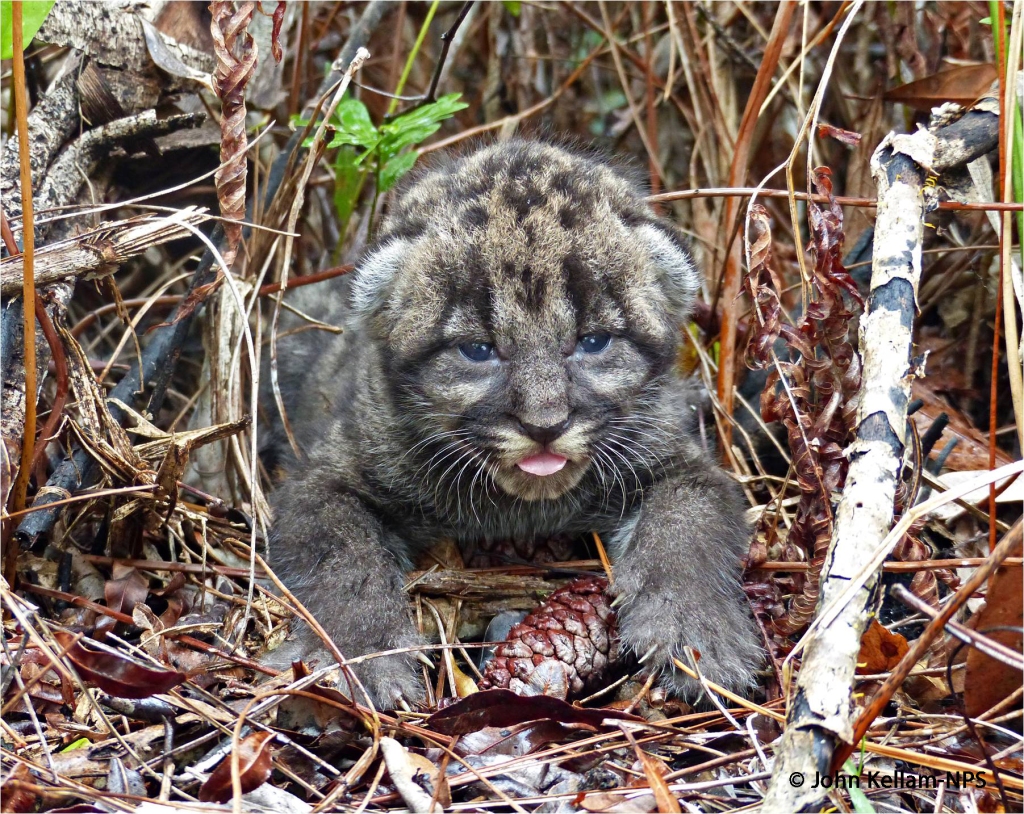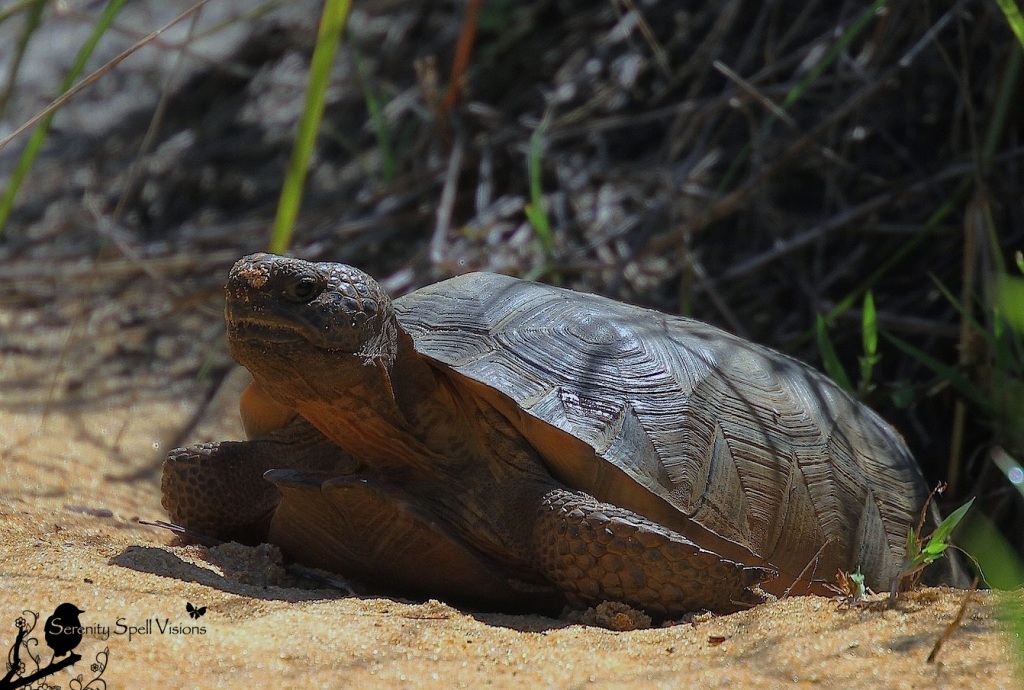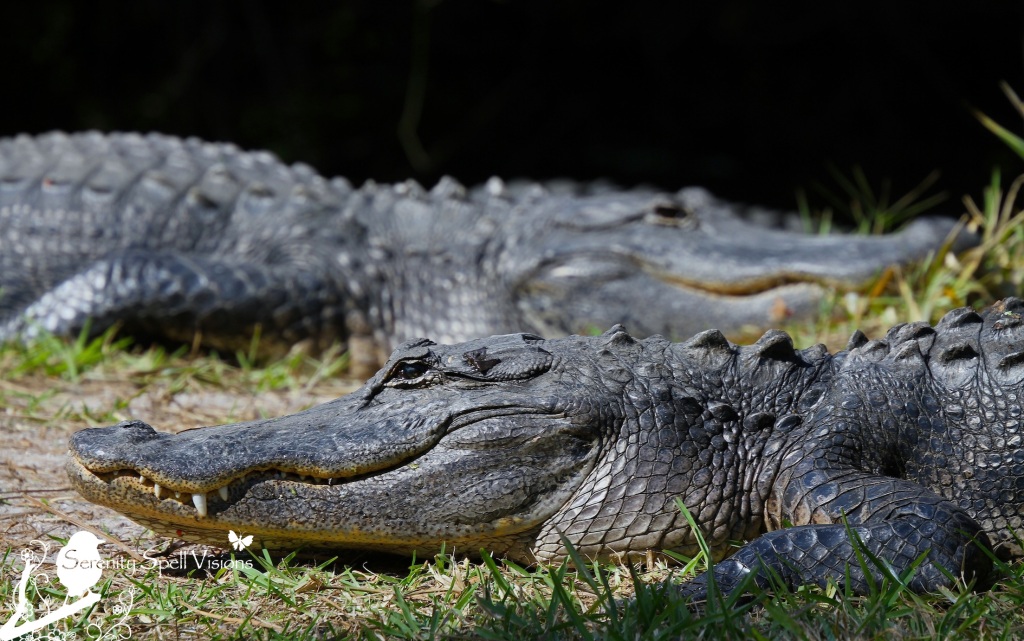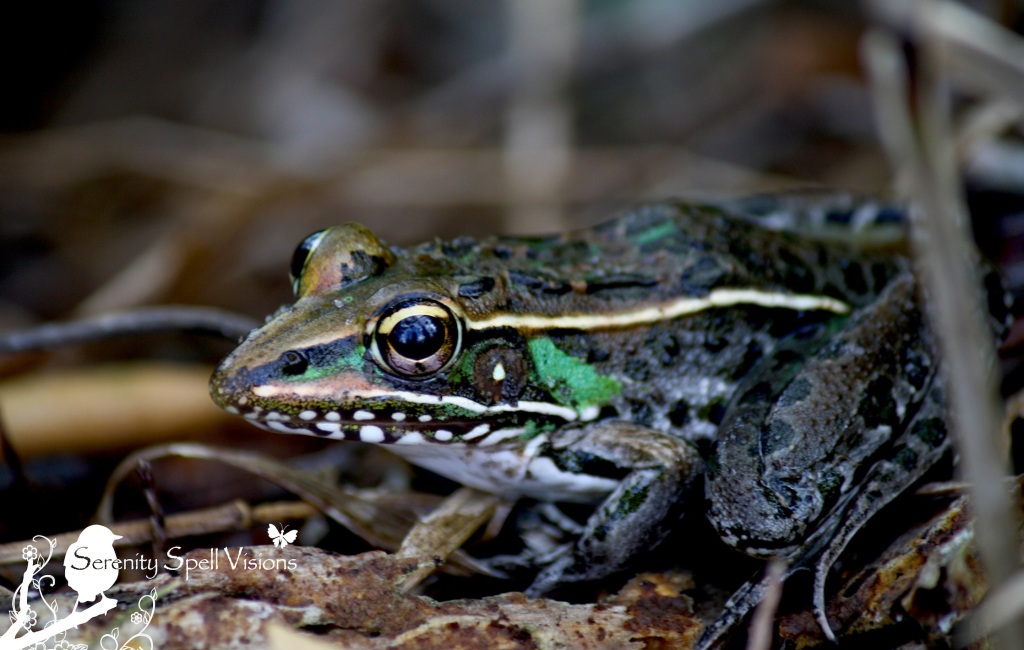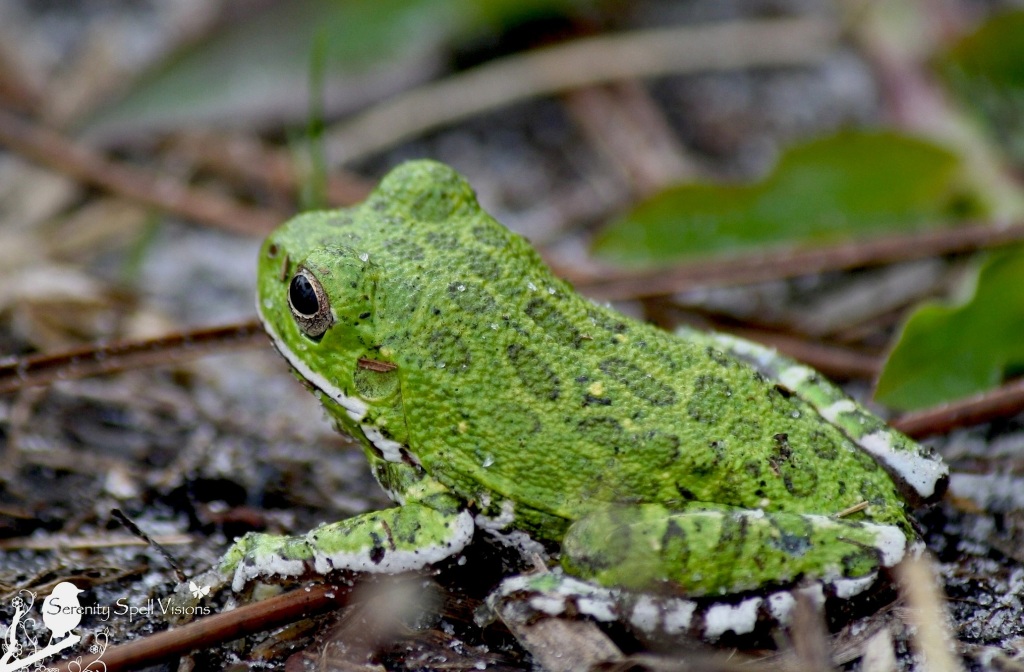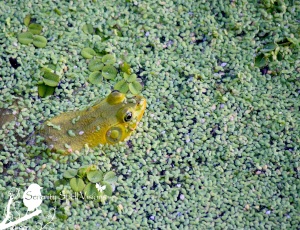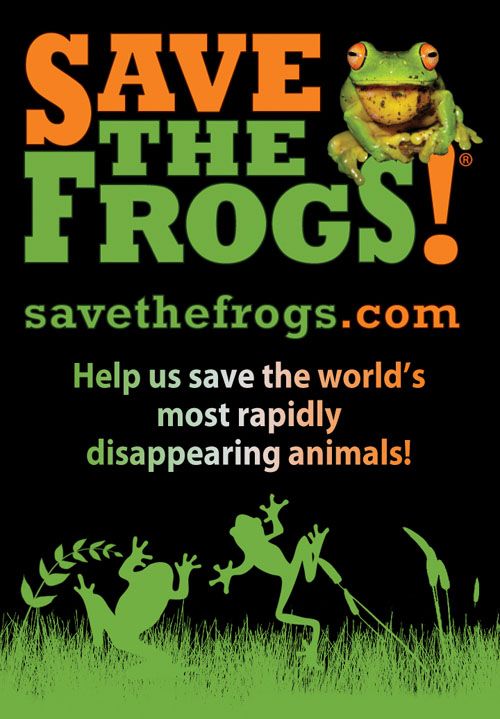Celebrating the 9th Annual Florida Week for the Animals
The least I can do is speak out for those who cannot speak for themselves. -Jane Goodall
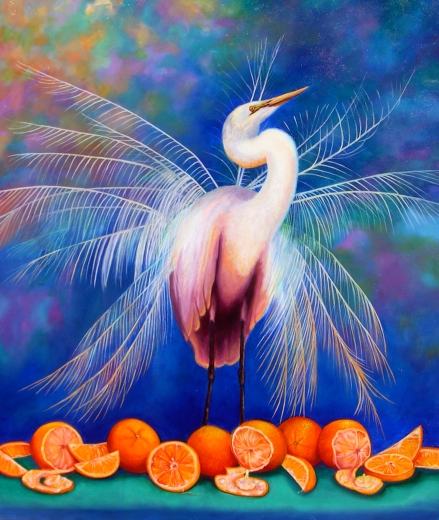
- “Citrus Supreme” by Valerie Aune, this year’s amazing cover artist
Thanks to the wonderful people at Florida Week for the Animals, I’ve been given the opportunity to once again post about this most amazing annual event. Running March 31 – April 8, Florida Week for the Animals hosts a number of events throughout the state, beginning this upcoming weekend.
Help celebrate this amazing week, and speak up for the innocent and voiceless — this week and every day. It doesn’t take much. Check out their Calendar of Events, which is constantly updated with new and exciting activities. And click here to see if there’s a similar Week for the Animals in your own state!
More from the lovely Michelle, at Florida Week for the Animals:
(Tampa, FL) The 9th Annual Florida Week for the Animals will be celebrated from March 31-April 8, 2018! During the extraordinary week, animal shelters, rescue groups, educational institutions and humane organizations across the state will be hosting over 100 fun-filled animal-related special events that will be saving lives, building relationships, helping animals and strengthening communities. Educators, students, businesses and caring citizens across the state will be joining in to celebrate and help animals.
Events in the spotlight will include pet adoption events, low cost spay/neuter & vaccination events, Easter pet promotions, Volunteer days at Jungle Friends Primate Sanctuary, Putts for Paws, thank you to Eglin Air Force handlers and K-9’s, displays and R.E.A.D. dog programs in libraries,Veg meetups, Audubon Society events, Loggerhead Marine Life Junior Veterinary Lab, low cost cat spay neuter ops, Greyhound adoptions & awareness events, children’s book donations, shelter pet low cost promos, horse adoptions/help with supplies events, pet food donations, Manatee activities for the family,Big Dogs Golf Tournament, 5K Run & Dog Jog, farm animal sanctuary events, wildlife center activities and therapy animals visiting hospitals and living-assisted homes.
Also to be included are search & rescue orgs, vegetarian and vegan meetups, parrot education classes, low cost clinics, puppy & dog training, educational events and fun-filled activities for families to enjoy friendship, food, music on behalf of the always amazing animals.Events are being added daily!
Precious lives will be saved and exciting new relationships will be built in communities during the exciting week. For more info, please call 901-454-0807 or visit http://www.floridaanimals.org/
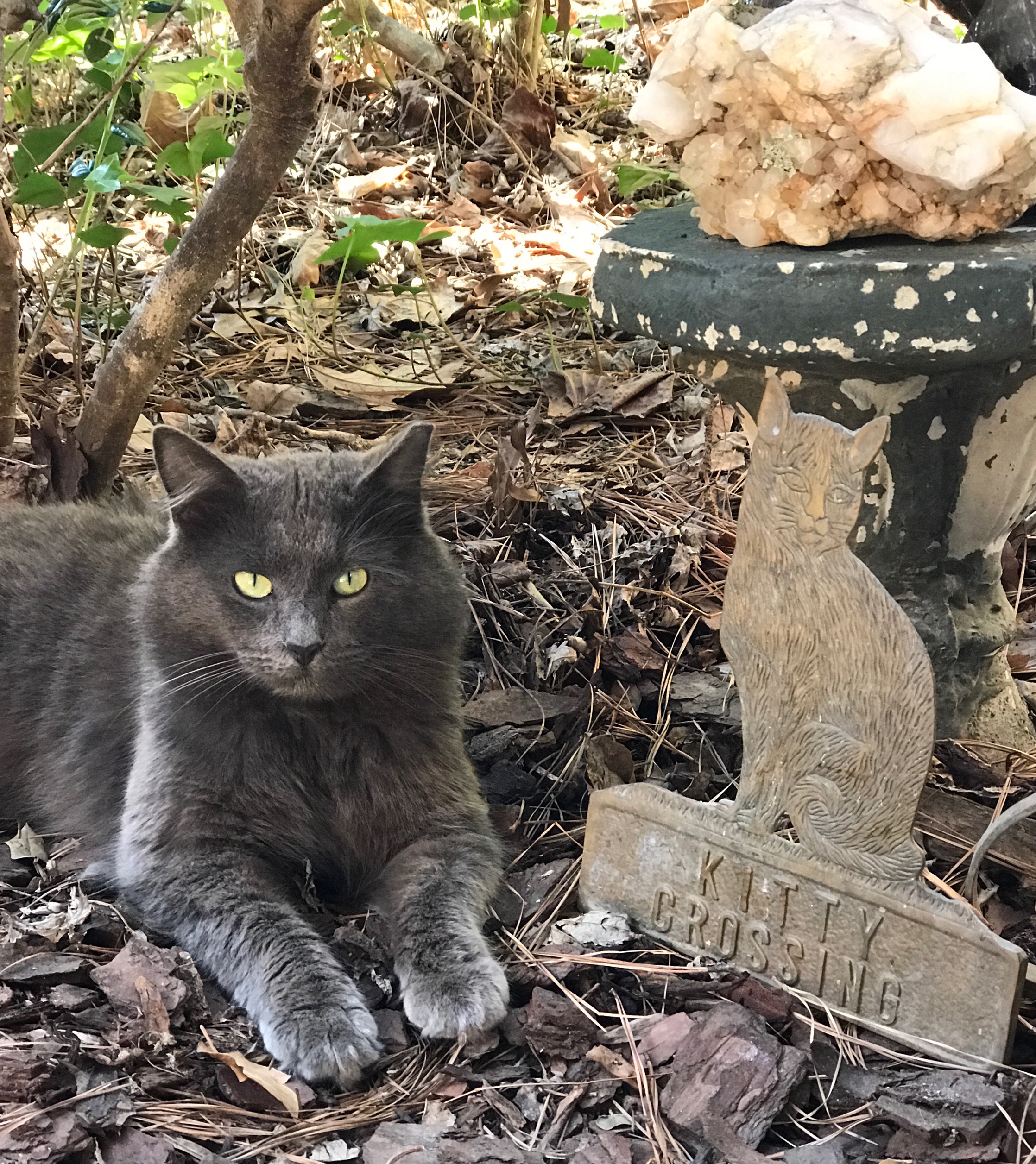
Gabriel, one of the 70+ kitties we’ve TNR’d! We found this lucky guy a loving home, as he was very obviously abandoned. Happy story!
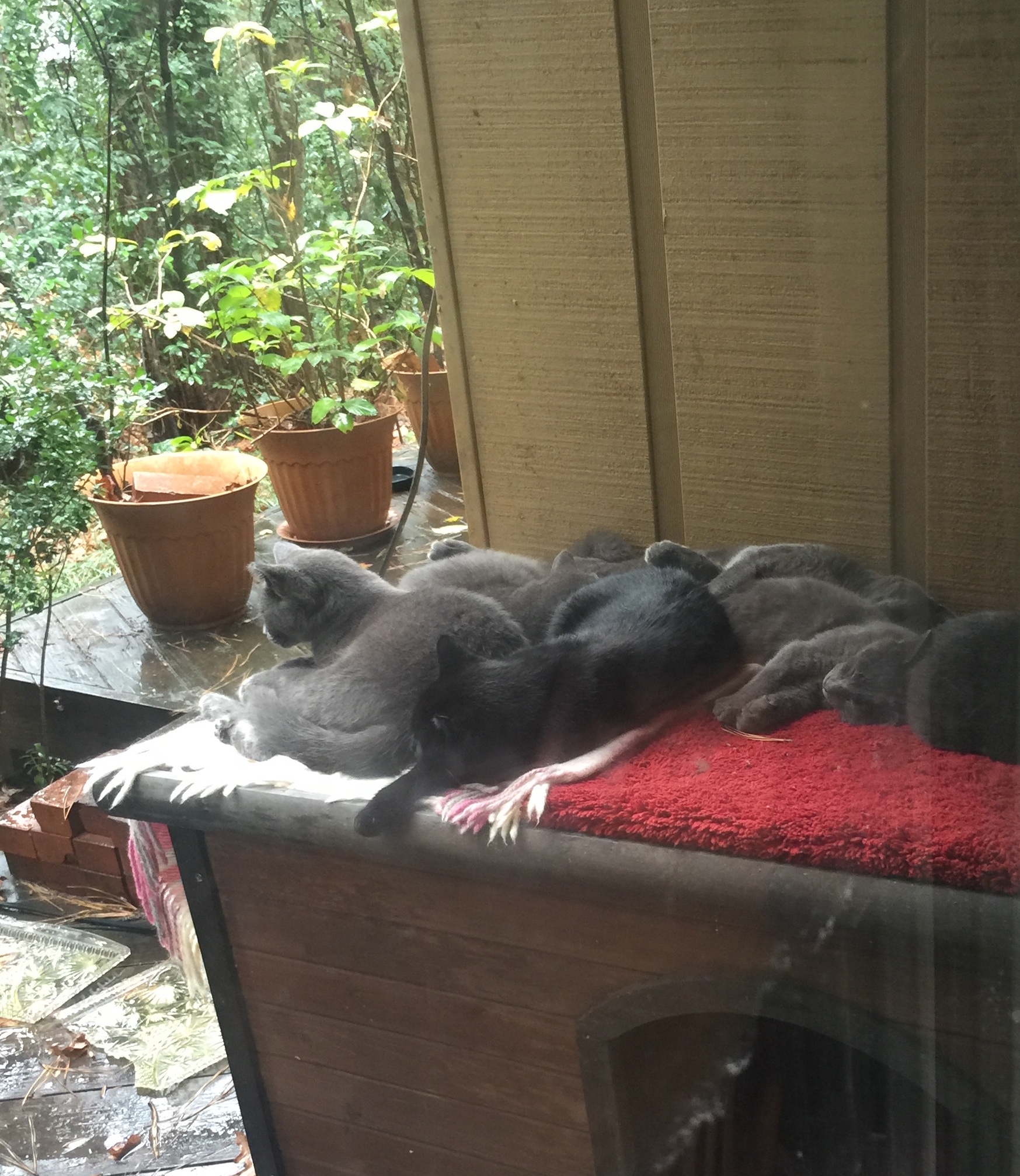
Each day, we feed LOTS of stray, feral, and abandoned kitties throughout our area — regardless of weather. These lucky guys live in our back area, and reap the benefits of being massively spoiled.
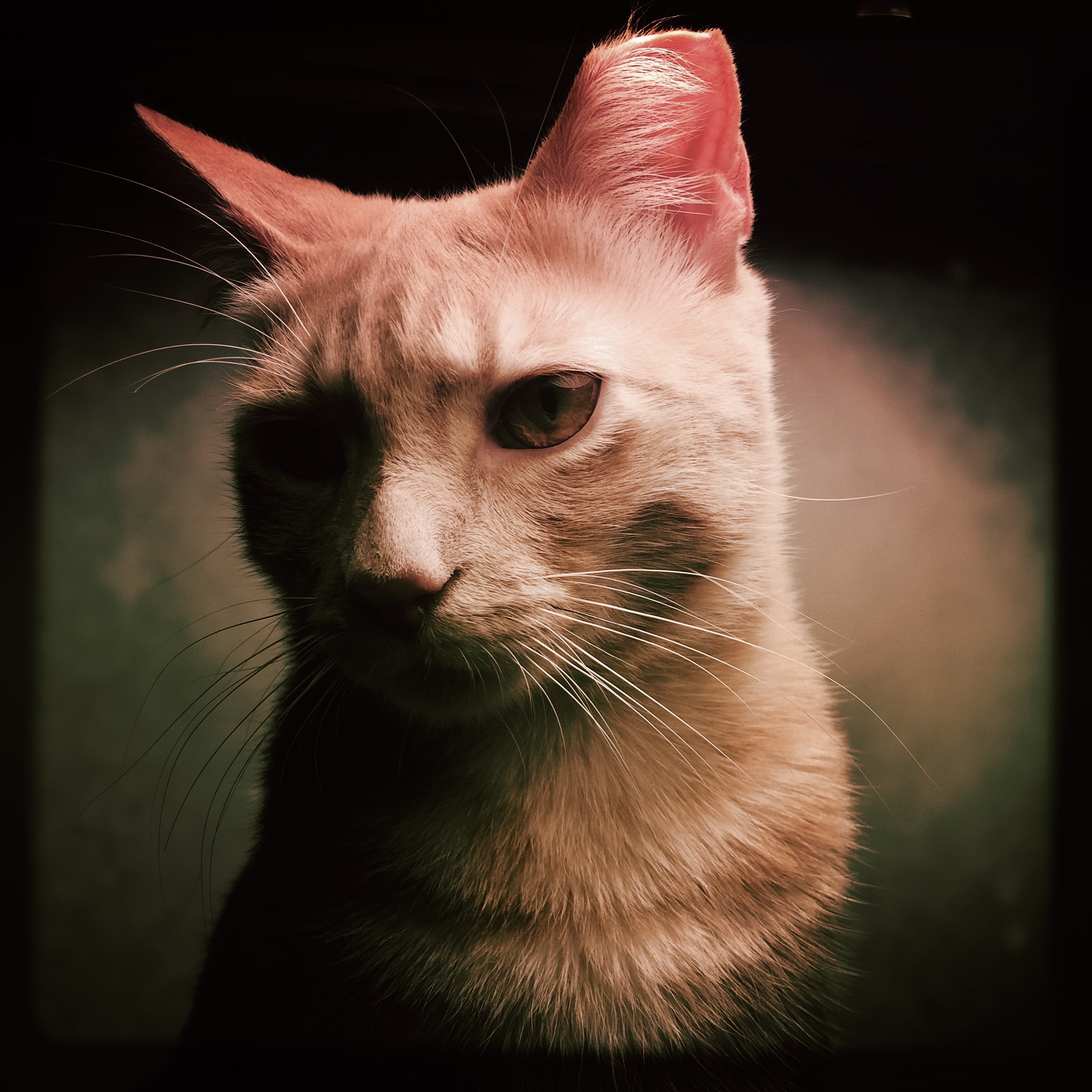
Many people don’t know what a clipped ear signifies — this is a TNR’d cat, one who has been spayed / neutered, and returned to his or her outside home. Here is Charlie — a former feral who found his home with us, INSIDE, after being TNR’d.
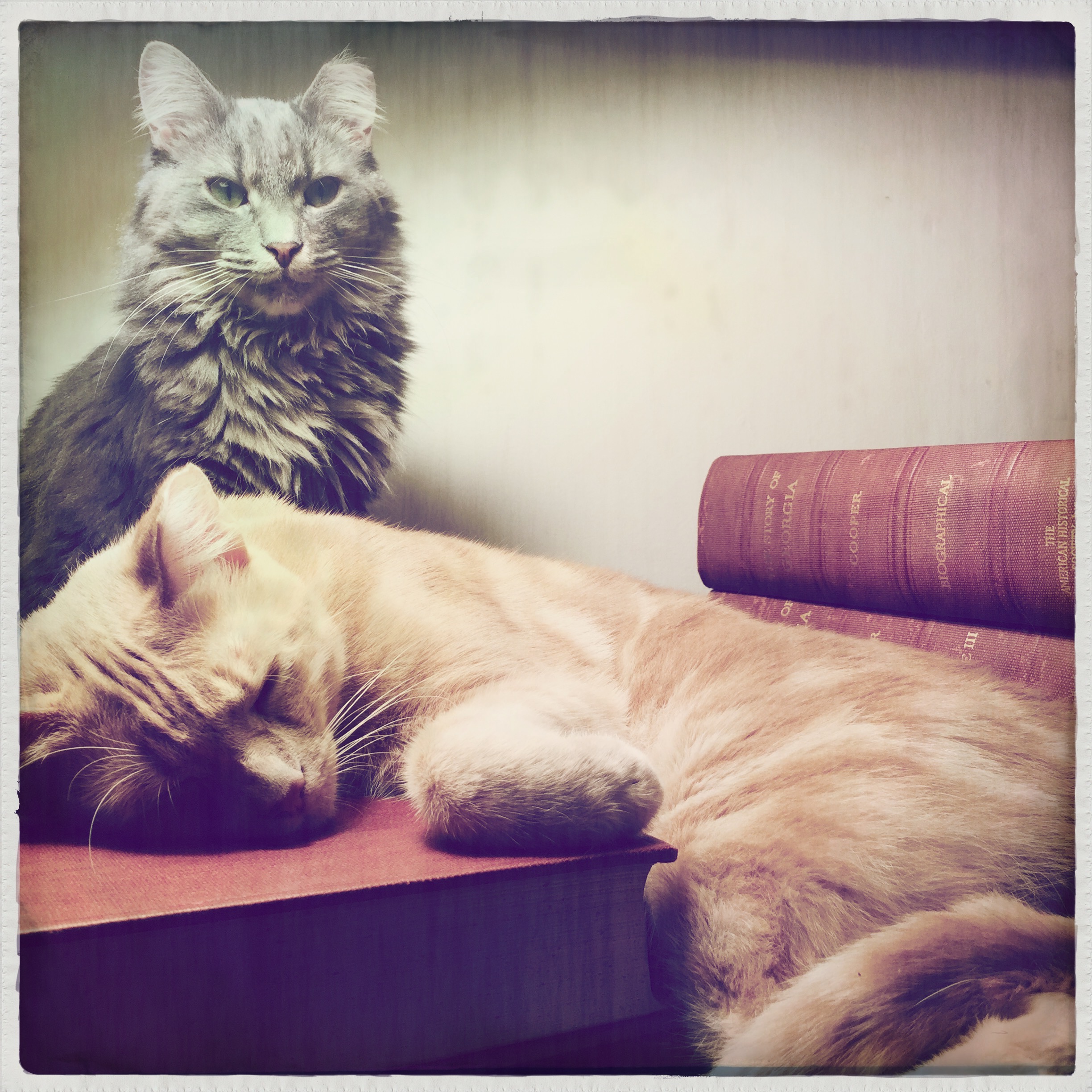
Another former feral / TNR rescue, now inside — Itty Bitty! (Note the tipped ear.) We have 5 inside guys, and all are former ferals, adopted at older ages. (Itty ran inside at 6 months, and never left!) It’s far from impossible, despite the old adage. We’re antiquarian booksellers — so here they’re doing their absolute best to help.

